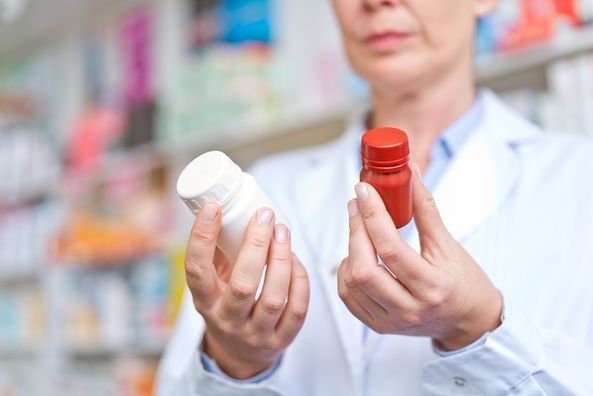What you should know…
According to the American Cancer Society, 1 in 9 men will be diagnosed with prostate cancer in their lifetime. If detected early, it is one of the most curable types of cancer. To ensure early detection, Duly Health and Care (Duly) doctors recommend:
- A yearly prostate specific antigen (PSA) blood test
- A yearly digital rectal exam (DRE)
- Begin testing at age 50 (if African-American or have any family history, begin testing at age 40)
What is a PSA?
Prostate specific antigen (PSA) is an enzyme produced by the prostate which all men have in their bloodstream. The PSA is a blood test which measures the amount of prostate specific antigen in a man’s bloodstream.
What does the PSA number mean?
In general, a healthy PSA level range is between 0 – 4. Patients should seek further testing when the PSA level is above this — or increases between tests. PSA testing is very individualized and what is considered abnormal for one man may be normal for another.
What does it mean when my PSA number is in the normal range, but the number has rapidly increased?
The rate of rise of the PSA over time is called PSA velocity. A change in PSA of more than 0.5 ng/ml per year may indicate a presence of prostate cancer.
For example, a man goes for his routine screening PSA test and it comes back at 2.0 ng/mL. He is otherwise healthy and his physician is unconcerned by the result since 2.0 is in the “normal” range of 0 – 4 ng/mL. But last year his PSA level was 1.0 ng/mL and the year before it was 0.5 ng/mL. Due to the rate of rise (doubling each year), this indicates further evaluation may be necessary.
The vast majority of men (80%) with elevated PSA have serum levels in the range of 4.0 to 10.0 ng/ml. However, numerous studies have now shown that a high PSA velocity may signal a rapidly growing cancer regardless of how high the absolute PSA level is.
Prostate Cancer Risk Factors
FAMILY HISTORY: Higher risk for men whose fathers or brothers have had prostate cancer.
AGE: Men over 50 have a higher risk than younger men.
RACE: More common in African-American men.
DIET: Diets high in animal fat or red meat may increase risk; a diet rich in fruits and vegetables may lower risk.
What do I do if my PSA is out of normal range?
It is important to seek additional medical advice as soon as possible. Your physician may recommend a repeat test or biopsy which involves taking a small amount of tissue that is analyzed under a microscope. The sample is then given a Gleason Score which determines the existence or severity of cancer.
What is a Gleason Score?
When reviewing a biopsy, a pathologist examines cells under a microscope and the degree to which they appear different from normal cells. This is what determines the cancer grade. The Gleason grading system ranges from 1 — 5, with 1 representing cells that do not look like normal prostate cells at all. A primary Gleason grade is given to the most common pattern and secondary grade to the next most common pattern. The sum is what determines a Gleason score.
Do I need a digital rectal exam (DRE)?
Yes, it is very possible to have a normal PSA test, but an abnormal prostate on the rectal exam. A tumor in the prostate often feels like a hard lump that is discovered when the physician performs the DRE. Similarly, a man may have a normal DRE, but have an elevated PSA. Prostate cancer is a possibility with either an abnormal DRE or an elevated PSA, and sometimes both. For this reason, the PSA blood test, together with the DRE, is important for early detection of prostate cancer.
What if my PSA continues to be out of normal range but the office biopsy did not find any cancer?
Duly physicians can use Stereotactic Transperineal Prostate Biopsy (STPB), the most comprehensive, sophisticated prostate biopsy technique available. The outpatient test diagnoses 40% more cancer than the standard office biopsy. It is performed through the perineum, under general anesthesia and systematically samples every part of the prostate gland. More patients are choosing this option as their first choice.
If you would like to schedule a PSA test, DRE or STPB, schedule an appointment with our Urology providers today.
Find a Urology Provider near you >
Health Topics:







